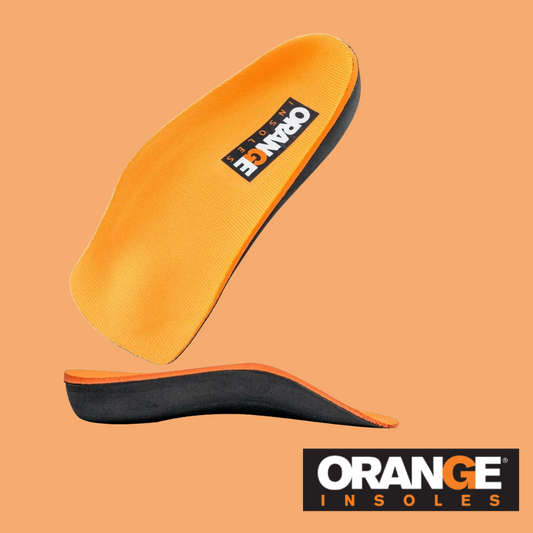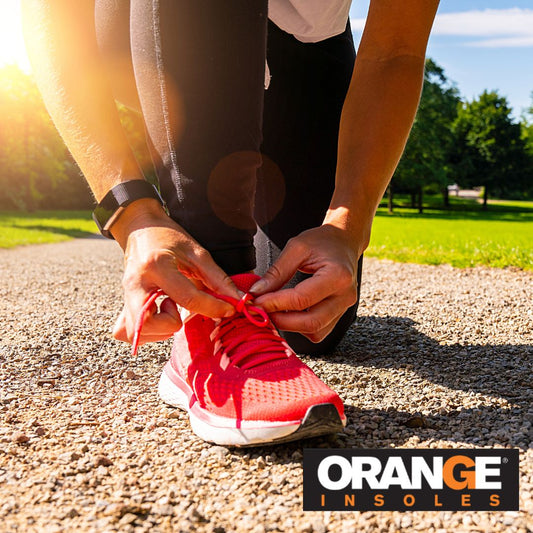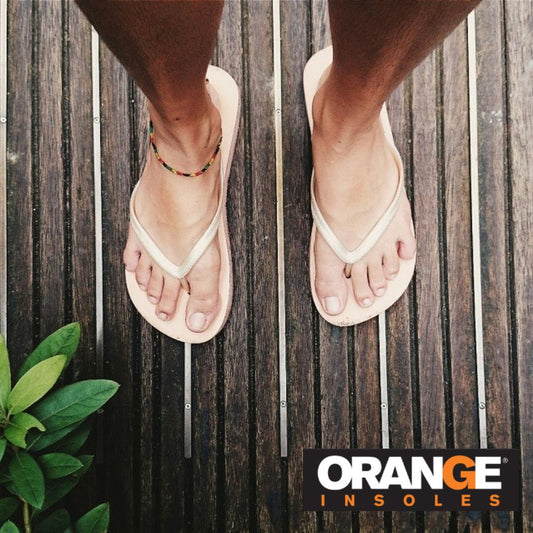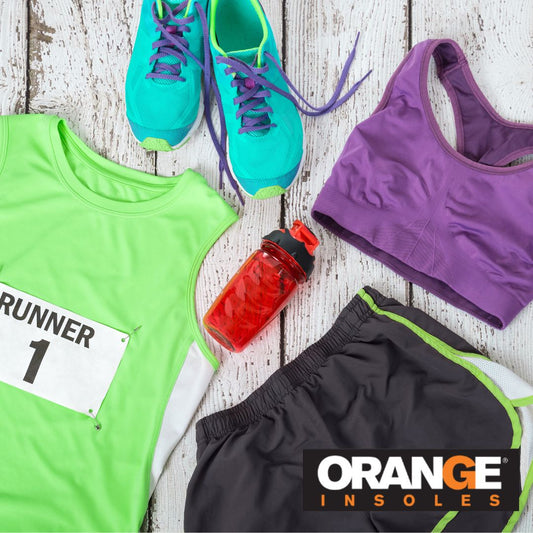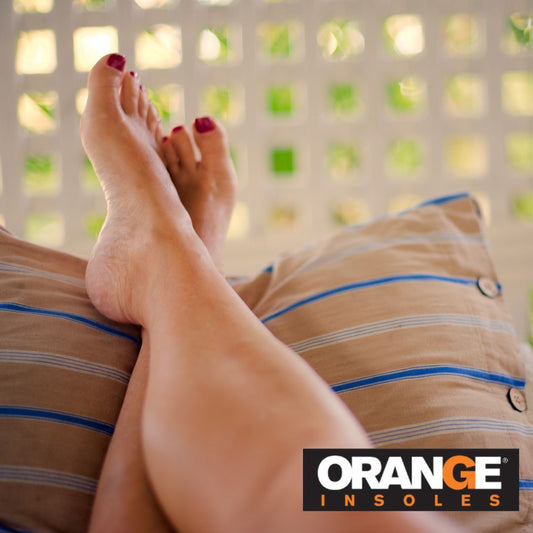The Camino de Santiago, also known as the Way of St. James, is a historic Christian pilgrimage route that dates back to the Middle Ages. It centers around the belief that the remains of the apostle St. James the Greater is buried in Santiago de Compostela in northwest Spain. Today, it continues to attract people from all over the world, both for its spiritual significance and the cultural and scenic experiences it offers along its various routes.
If you’re an avid hiker, a tourist, or a spiritual seeker, this trip might be on your bucket list. But given the varying types of terrain along this trail, it’s important you’re prepared.
Packing for a trip like this is tough because you’ll want to pack light but also have the right gear for the trip. Depending on the route you take, the terrain could be mountainous, cobblestoned, paved, dirt, hilly, or desert.
But don’t let this packing challenge deter you from checking this trip off your bucket list. Here’s a packing list to help you be as prepared as you possibly can when visiting The Camino de Santiago.
Clothing Packing List for The Camino de Santiago
Moisture Wicking, Waterproof Clothes
Spring or Autumn is probably the best time to walk the Camino as you’ll avoid temperature extremes and generally stay in the fifty to seventy degree range. But even being prepared for these temperatures, choosing the right clothing can be hard. The Camino covers a wide range of latitudes and elevations, so you can expect diverse weather conditions. We suggest moisture wicking clothes under shirts or long sleeves to keep sweat or moisture away from your body.
A long sleeve Strato Tech Tee is moisture wicking with UPF 30+ for sun protection. It’s also anti-odor just in case you’re hiking with others. It’s lightweight so can be worn under a warmer shirt or jacket to keep warmth in and sweat away.
This moisture wicking trainer shell jacket is made of lightweight performance material so it will move with you, keep you dry and warm, and has a reflective logo so you’re easy to spot.
A Lightweight rain jacket is also a great idea, especially if you’re traveling in late fall. It should be robust enough to protect you but also light enough to store in a backpack and carry when not needed.
Lightweight, fast drying pants will be an important addition to your trip as you’ll constantly be on the move but don’t want to stay too cool too long if you’re caught in a downpour.
The Right Footwear
The right footwear for you will depend on your preference, the type of support you need, and the route you’re taking.
Hiking boots: If you’re hitting the mountains, ankle high hiking boots are going to be your best bet. A basic hiking boot that is waterproof and breathable will keep your feet dry and comfortable, no matter the terrain. A higher ankle will help keep your feet stable on uneven terrain. A shoe like the Pyrenees will keep rain and water out while allowing moisture from the inside to escape.
If you have alignment issues or your feet get sore easily, you could also add an insole to a hiking boot so you get the waterproof benefits of the boot along with the support of the insole. Adding an insole to a boot will help with shock absorption. Hiking boot outsoles tend to be rigid, which helps prevent against the wear of the rough trail conditions. This can be rough for shock absorption but Orange Insoles are designed to absorb and distribute impact evenly, making longer hikes easier on the feet.
Waterproof or Moisture Wicking Socks: A sock that will keep your foot cool and dry with moisture wicking technology is a must for a trip like this. The Balega’s Enduro Quarter has all of that plus specially constructed, reinforced microfiber mesh ventilation panels. You’ll want to pack a different pair for every day of your hike to keep your feet dry and prevent blistering. Socks are somewhere you don’t want to cut back on when hiking.
Blister Protection: Whether it’s a really good pair of socks or blister prevention packets, you don’t want to risk getting a blister on your trip. Keep your feet dry and protected, wear shoes that fit to avoid rubbing and bring blister prevention pads, just in case.
Additional Packing Items for Camino Santiago
While it’s impossible to know everything you’ll need without knowing the time, length, and details of your trip, here are some more items you might need:
- Fleece or lightweight jacket
- Hat or sun protection
- Backpack
- A raincover for backpack
- Trekking poles
- First aid kit
- Ziploc bags for food items
- Bags to secure trash
- Bags for wet clothes
And, of course, if you’re camping you’ll need all the essentials for a safe camping trip while still packing light. While we aren’t experts when it comes to camping, we do know a lot about the feet and we know that if your feet are sore, you’ll have a hard time enjoying your trip. Make sure you wear the right shoes, pack extra socks, and bring insoles so you can feel better and do more on this unforgettable trip.



















